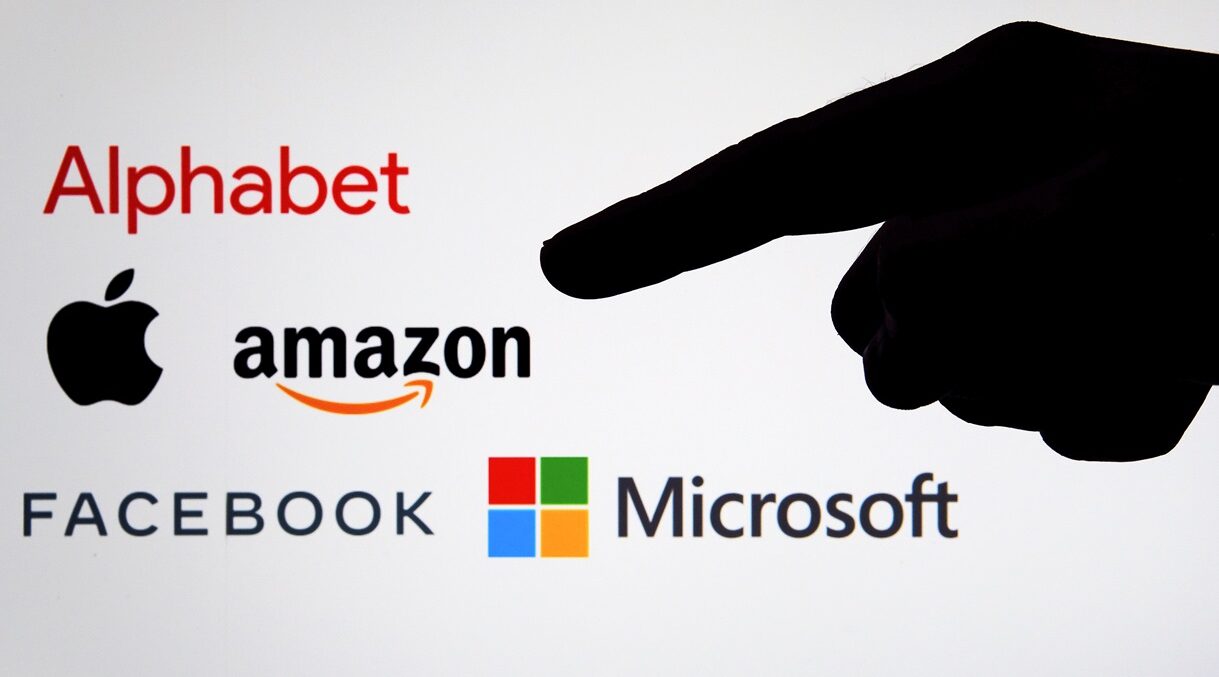
You’ve been involved in antitrust issues at major tech companies for decades. How has the approach to antitrust changed over time, both from the company perspective and the regulatory side?
The evolution has been significant. When I started at IBM in the 1970s, we were in the midst of a 13-year U.S. Justice Department (DOJ) prosecution under Section 2 of the Sherman Act. The DOJ was seeking to break up IBM. That case is of note, because after 13 years of litigation involving enormous cost and distraction, it was dismissed as “without merit.”
That era was characterized by the “big is bad” mentality. Over time, we saw a shift towards the consumer-welfare model, which lasted for quite some time. This change helped move the IBM case to dismissal in 1982 and influenced how courts approached antitrust cases for years.
Now, we’re seeing a swing back towards stricter enforcement. The current administration—particularly under Lina Khan at the Federal Trade Commission (FTC), but also Jonathan Kanter at the DOJ—is moving away from the consumer-welfare model. They want economics to play a lesser role in courts’ analysis of competition violations.
From a company perspective, we had to become increasingly sophisticated in our approach. At IBM, we developed a huge legal department and integrated the legal function into every aspect of the business. This trend has continued across the tech industry, with legal considerations becoming central to business strategy.
How did antitrust compliance affect day-to-day operations at companies like IBM?
From a company perspective, we had to become increasingly sophisticated in our approach. Antitrust compliance became deeply ingrained in our daily operations. We developed a huge legal department and integrated the legal function into every aspect of the business: engineering, pricing, marketing, everything. We had what was called the business-conduct guidelines, which every lawyer used as their bible to instruct the entire company on the limits of behavior. This trend has continued across the tech industry, with legal considerations becoming central to business strategy.
This level of caution affected even seemingly minor decisions. For example, we had to be careful about how we named projects or new ventures (e.g., “tiger” or “shark”) for fear that it might be interpreted as indicating predatory intent. There’s no question that this placed limits on IBM’s ability to innovate and venture into potentially other realms.
Can you walk us through a specific example of how antitrust considerations affected a major business decision?
A prime example is Qualcomm’s attempt to acquire NXP Semiconductors in 2016. We had to notify nine jurisdictions, due to regulatory standards. Most jurisdictions, including the United States and European Union, approved the deal without major issues. China, however, wouldn’t engage with us meaningfully.
After 21 months of trying to get approval, feeling like it wasn’t going anywhere, we had to withdraw the bid. This decision came with a $2 billion break-up fee. It was a perfect storm of regulatory challenges and geopolitical tensions.
This experience informed everyone in the industry about the risks involved in major acquisitions. It made companies more cautious about cross-border deals and highlighted the need for robust break-up fee provisions.
Any other examples of how antitrust compliance has changed business practices?
Absolutely. I’ll give you one that was about our own business practices, at least directly. Under the 1956 consent decree, IBM was required to license all its patents on fair and reasonable terms. We also had to sell our products, as well as lease them, which was a significant change, as IBM was largely a leasing company back then.
These changes created new markets. For instance, it led to the emergence of a competitive maintenance business for IBM computers. But this also came with challenges. We had cases where some maintainers would buy up used failed parts and install them in machines they were maintaining, exploiting IBM’s policy of replacing failing parts with no questions asked.
How did these compliance requirements affect innovation and competitiveness?
While it’s hard to quantify, there’s no doubt that these requirements had an impact on innovation. The need to constantly consult with legal teams and the fear of overstepping boundaries inevitably slowed down some processes and made the company more cautious in certain areas.
For example, when considering new product developments or market entries, we always had to factor in not just the business potential, but also how it might be perceived from an antitrust perspective. This extra layer of consideration could sometimes dampen enthusiasm for potentially innovative but legally risky ventures.
How do you see the role of antitrust agencies evolving globally? Are there particular jurisdictions that companies need to be especially mindful of?
The landscape has changed dramatically. When I started, we mainly thought about U.S. law and European law. Now, there are close to or more than 140 antitrust agencies or regulatory bodies around the world.
China has become a major player since its Anti-Monopoly Law took effect in 2009. In the NXP case, China’s refusal to approve the deal was likely based on geopolitical considerations, rather than pure antitrust concerns.
What’s particularly challenging is that many of these jurisdictions don’t have the kind of established rule of law or precedent that we see in the United States or Europe. For instance, when China challenged Qualcomm’s royalty rates, they employed a novel theory of “excessive pricing” that isn’t recognized in most other jurisdictions.
Companies now have to navigate a complex web of global regulations, often with conflicting standards and priorities.
How do these compliance requirements affect a company’s ability to compete globally?
This is a critical point. While U.S. companies are bound by these strict compliance requirements, many of our global competitors—especially those from countries with less-stringent antitrust enforcement or different regulatory philosophies—don’t face the same constraints.
For instance, when I was at Qualcomm, we saw how Chinese companies could operate with much more flexibility, in terms of pricing and market practices. This created an uneven playing field, where U.S. companies were sometimes at a disadvantage in global markets due to our strict compliance requirements.
It’s a delicate balance: we want to ensure fair competition, but we also need to be mindful of not handicapping our own companies in the global marketplace. This is especially crucial in industries like tech, where global leadership has significant economic and national-security implications.
You’ve mentioned that complainants often play a significant role in initiating antitrust investigations. How does this dynamic affect companies’ strategies?
This is a critical point that often gets overlooked. In my experience, competition agencies are frequently influenced, and sometimes misled, by complainants. These complainants are often competitors with their own agendas.
For example, at Qualcomm, we faced an FTC action that was heavily influenced by Apple. The complaint filed by the FTC against Qualcomm bore striking similarities to Apple’s positions. This creates a challenging dynamic where companies aren’t just facing objective regulatory scrutiny, but are also having to counter narratives pushed by their competitors.
The problem is exacerbated by the fact that regulators often spend years investigating based on these complaints before the target company even knows what they’re being accused of. By the time we get to present our side, regulators have often already formed strong opinions based on one-sided information.
Looking at recent cases like the Google antitrust trial, how do you see the future of antitrust enforcement in tech shaping up?
The Google case highlights some of the ongoing challenges in applying traditional antitrust frameworks to modern tech markets. One of the key issues is market definition. In rapidly evolving tech markets, it’s increasingly difficult to define relevant markets in a way that accurately reflects competitive dynamics.
For instance, the emergence of AI and tools like ChatGPT could significantly impact the search market. Yet, the court’s analysis seems to focus on a narrower definition of search that may not fully capture these emerging competitive threats.
I’m also concerned about the focus on Google’s payments to be the default search engine on various platforms. While it’s a complex issue, I worry that this focus oversimplifies the competitive dynamics at play. It doesn’t fully account for the negotiating power of companies like Apple in these deals.
Moving forward, I think we’ll see continued tension between regulatory attempts to control tech giants and the courts’ more measured approach. The judiciary has generally been a protector of competition, and I expect they’ll continue to apply antitrust laws in a way that balances concerns about market power with the need to foster innovation.




